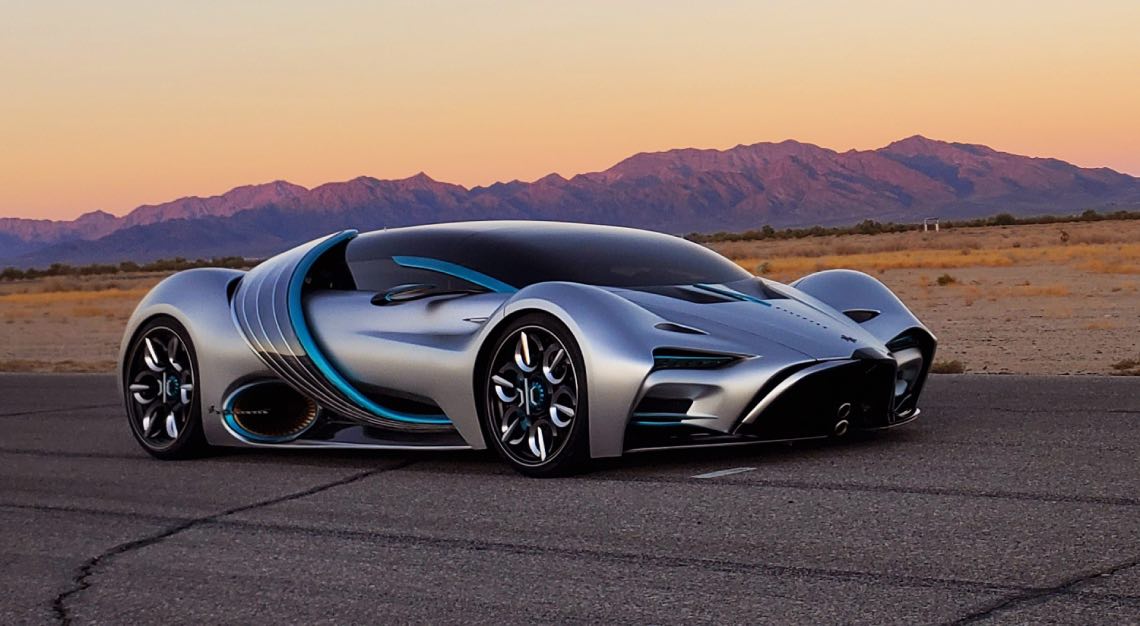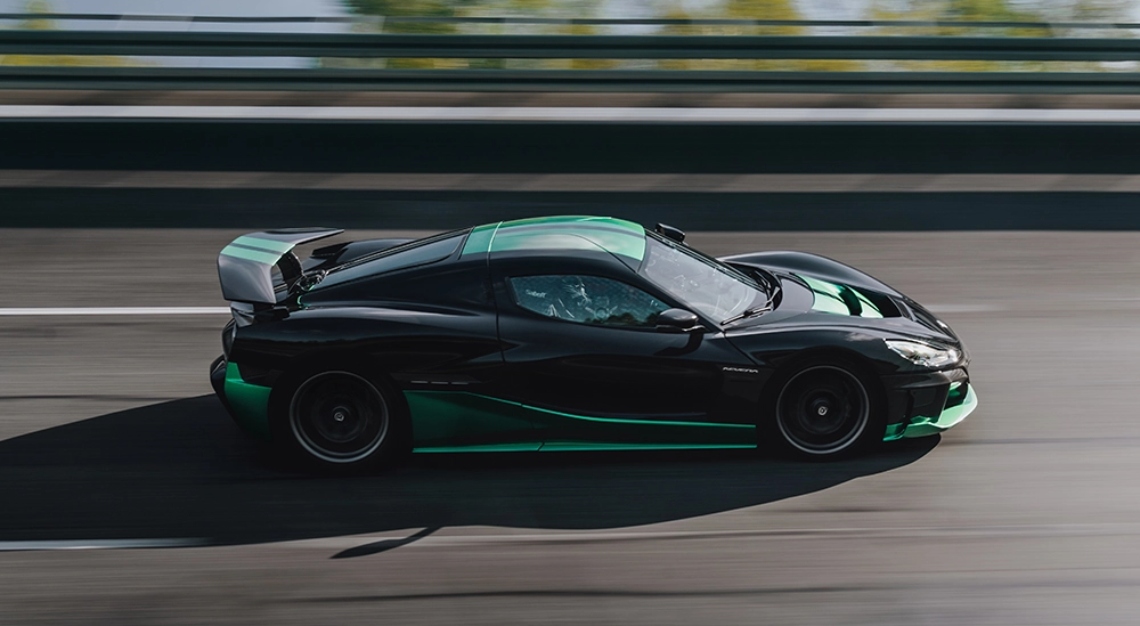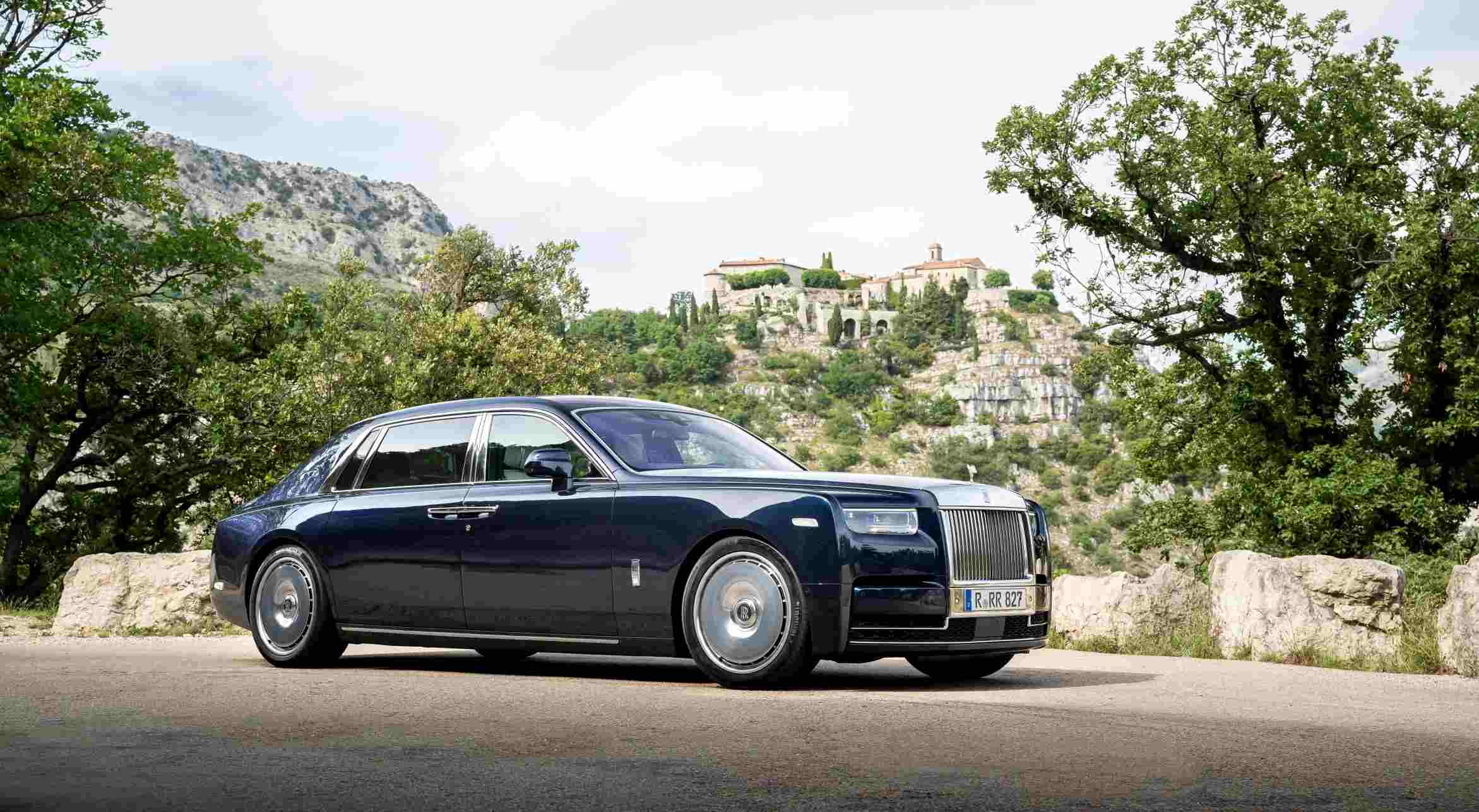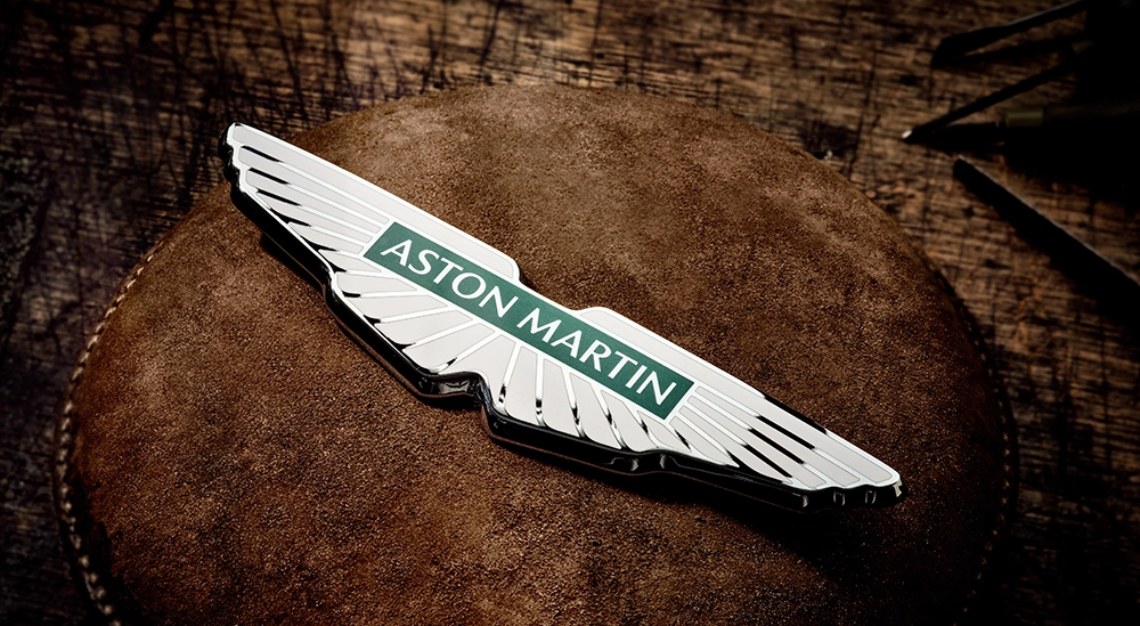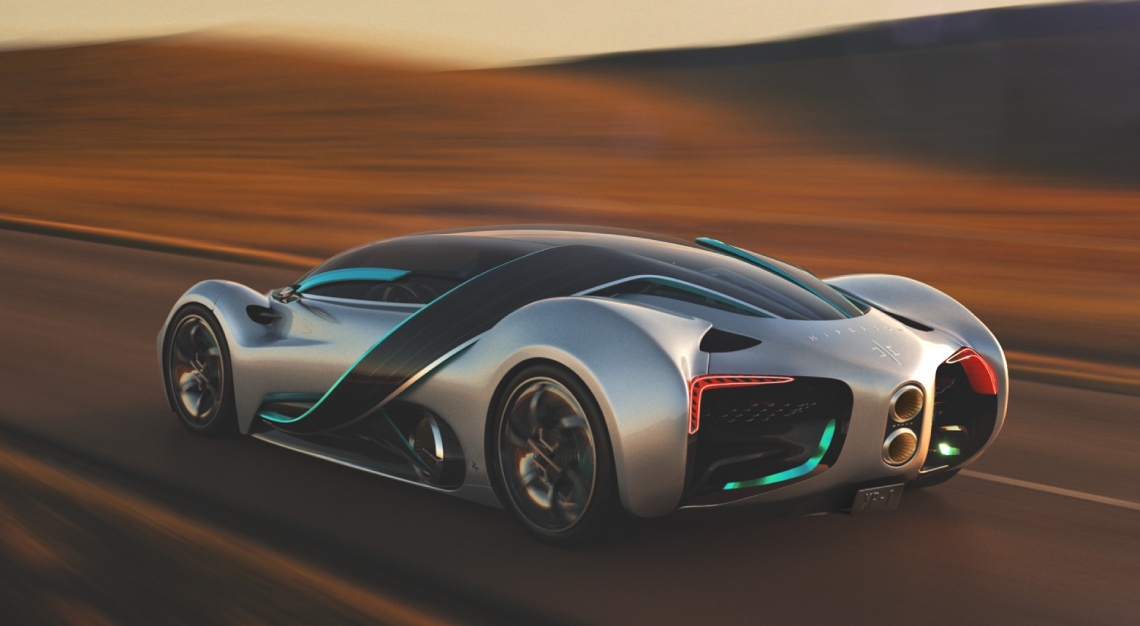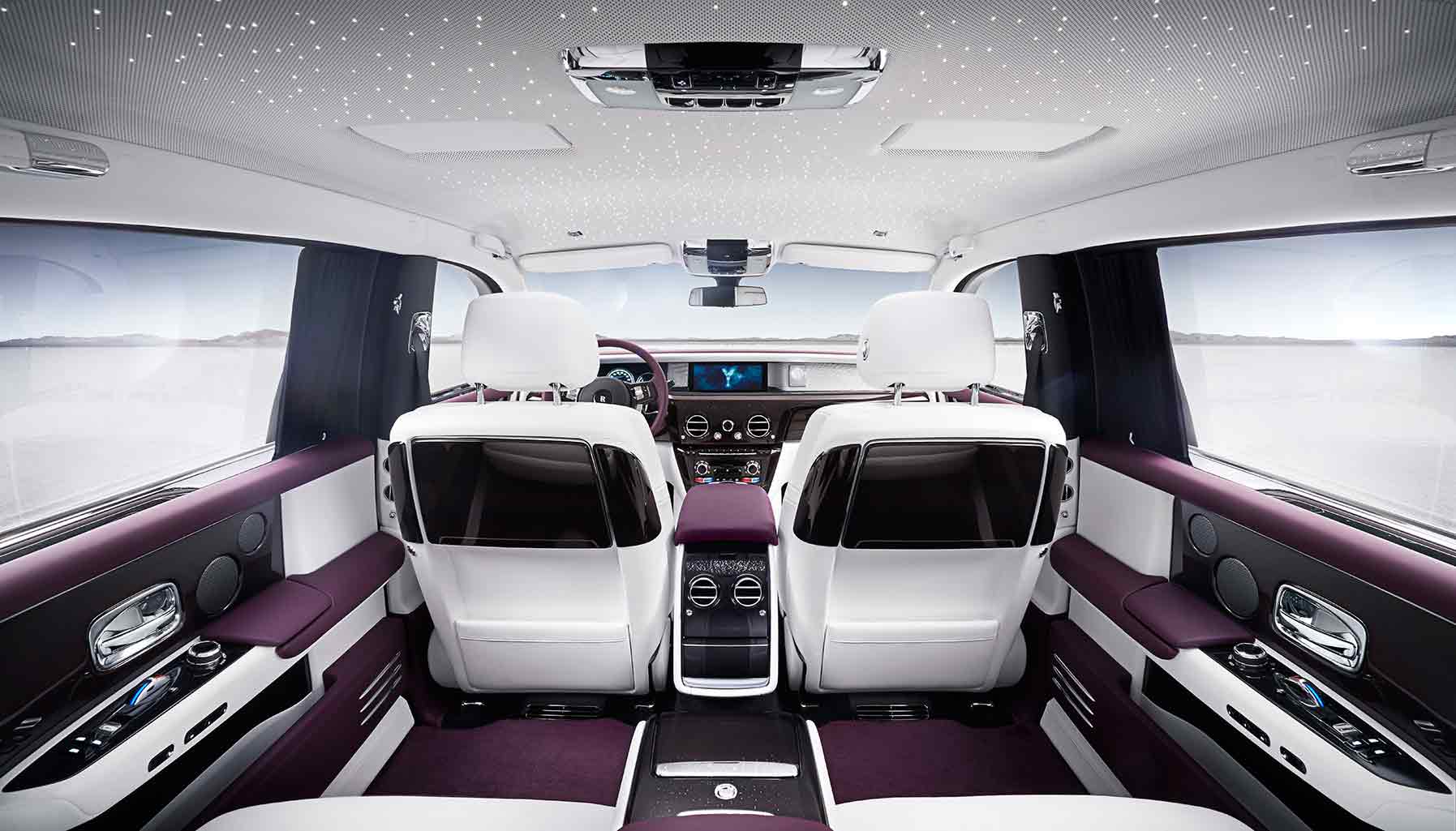The big question now is which country will take the Gulf states’ place as the next super power of power. You know, the renewable kind
Spare a thought for those poor Saudis, particularly those with fleets of gold-plated Rolls-Royces and hundreds of hypercars. When your country holds 17 per cent of the entire world’s proven petroleum reserves, it’s easy to think your life of wanton wealth will go on forever, and surely no country can have been less excited about the invention, and increasingly rapid uptake, of electric vehicles.
With countries like the United Kingdom planning to ban the sale of all petrol or diesel-powered cars by 2030, the good times might not be over yet, but they’re definitely trending in an inky black direction for oil producers.
The big question now is which country will take the Gulf states’ place as the next super power of power—the renewable kind. And when it comes to cars—and, perhaps more importantly, SUVs—it’s wise to look beyond the current shift towards electric vehicles, to a world in which hydrogen, pumped from a bowser in a few minutes and creating nothing at the tailpipe but droplets of water, becomes the dominant fuel.
Hydrogen cars, for the uninitiated, are a lot like Marty McFly’s upgraded DeLorean from Back to the Future II, because they have their own power stations on board. A hydrogen fuel cell combines oxygen and hydrogen as you drive, which creates the electricity that runs a motor to power its front wheels. This is why they’re known as Fuel Cell Electric Vehicles (FCEVs), because they have an onboard fuel cell that gives them the power to operate like an EV—quietly, and with much instantaneous torque.
So where does the hydrogen for these cars come from? Well, hopefully from right here in Australia—the Saudi Arabia of hydrogen.
The local green hydrogen market is expected to be worth US$2.5 trillion (S$3.39 trillion) by 2050, according to analysis by Intercontinental Energy and CWP Global, which just happens to be behind the recently announced Western Green Energy Hub, which will cover 15,000 square kilometres of Western Australia and produce 3.5 million tonnes of hydrogen, and enough energy (50 gigawatts of it) to power not just our cars, but every home in Australia.
The fact is, we’re going to produce much of our hydrogen in the future for export, of course, with the CSIRO predicting the potential demand for imported hydrogen in China, Japan, South Korea and Singapore could reach AU$9.5 billion (S$9.25 billion) by 2030.
Goldman Sachs, meanwhile, believes everyone else is being too conservative. It says green hydrogen could be supplying one quarter of the world’s entire energy needs by 2050, estimating it will become a US$10 trillion (S$13.55 trillion) market.
With our boundless solar and wind resources delivering us the chance to cash in on this global boom, Australia could be even richer from hydrogen than it’s been made by coal and steel.
So just how likely is it that hydrogen cars will one day dominate the market—and how close is Australia to snatching a large share of the opportunities that hydrogen production offers?
Scott Nargar, co-founder and director of the Australian Hydrogen Council, is utterly convinced the revolution is coming, and points to countries like Germany, where hydrogen bowsers are already popping up on service-station forecourts. There’s even an app (H2.Live) in Europe that will help you find places to fill your hydrogen car.
“There’s no doubt that we could become the Saudi Arabia of hydrogen, but the thing to remember is that Saudi Arabia could still be that, too. They’ve got plenty of desert and plenty of sunshine, so there’s nothing to stop them doing it,” Nargar explains.
“The advantage that Australia has—as well as our natural benefits of space, sun and wind—is that we are close neighbours of Asia, and we’re politically stable.
“There’s been a lot of talk about Australia’s hydrogen future in the past, but now there’s a lot of hard money being invested, not only in WA but places like Bell Bay in Tasmania and across Queensland.”
In terms of the infrastructure necessary for a switch to hydrogen vehicles, Nargar admits that—in much the same way that Australia hasn’t exactly covered itself in glory with EV charging stations—we’re lagging a fair way behind.
And as Nargar—who also works for Hyundai, which already has a hydrogen car, the Nexo SUV, several of which are currently taking part in a trial in the ACT—points out, it’s the car companies in Australia that are now pushing for change, rather than governments, which is the inverse of what has happened in places like Europe.
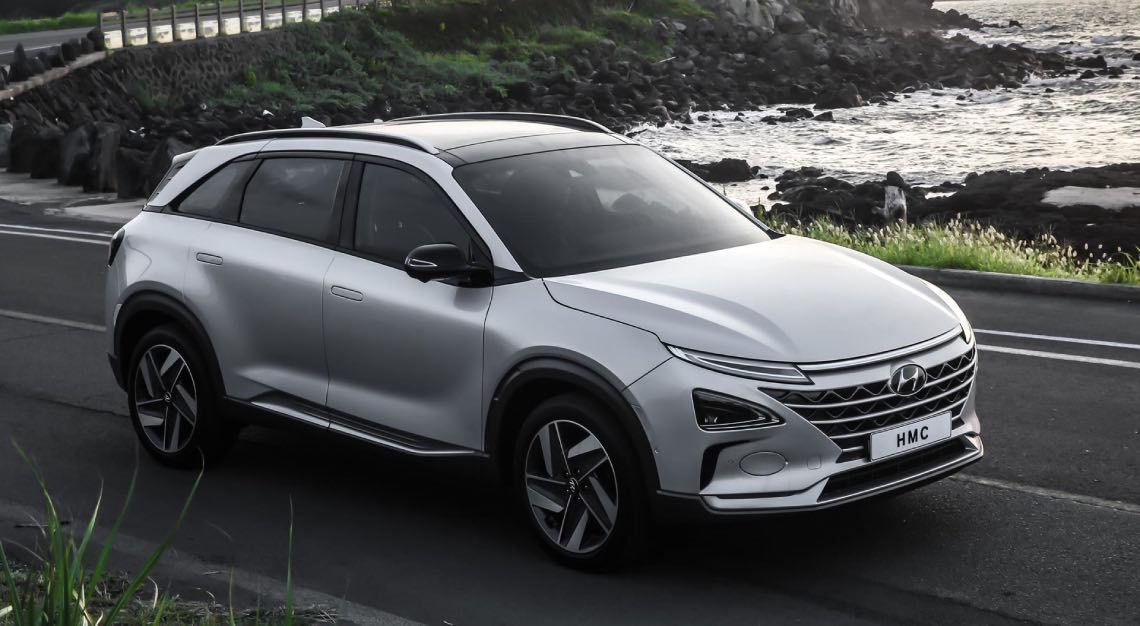
“We know what’s coming, car companies do, because we’ve seen the pace of regulation around the world, with bans on the sale of internal-combustion engines, and it’s seriously going to limit the options for cars that will be available here over the next five to 10 years,” he says.
“The big oil and gas companies know what’s coming too, and that’s why you’re seeing those companies starting to offer both electric and hydrogen options on their forecourts in places like Europe. But it won’t just be oil companies, there’ll be tech companies wanting to take them on in that ‘green’ space, so we’ll be seeing competition driving that change.”
Nargar says that in the near future, EVs will become the dominant form of vehicle for inner-city living, but when it comes to longer-distance travel, and larger vehicles—everything from the SUVs that Aussies now buy in such huge numbers to trucks for carrying freight—hydrogen will be the answer.
“Fuelling time and range are the big advantages for hydrogen—you can take a lot more weight, and take it a lot further, basically,” Nargar explains.
“With an electric truck or bus, it’s going to be 10 or 12 minutes to fill up with hydrogen and they’ll get up to 1000 kilometres off that, while an electric truck or bus is going to have to stop for 1.5 hours each time and only go 300 to 400 kilometres until it has to stop again. It’s a similar story with a big SUV, you’re just going to be better off with hydrogen.”
EV versus FCEV is not so much Betamax vs VHS, then, as Amazon Prime vs Netflix. Both will win, but only one will dominate.
Those on the EV side of course, like Elon Musk, can be predictably scathing about hydrogen vehicles, which the Tesla boss has already described as not only a crazy alternative to electric vehicles but a “big pain in the ass”.
While Hyundai (Nexo) and Toyota (Mirai) already have hydrogen cars, there are more, and bigger, ones on the way, with Land Rover announcing a trial of FCEV tech in its Defender from later this year.
And a US-based supercar startup, Hyperion, is working on a hydrogen car called the XP-1, which has a claimed top speed of 355 km/h and a range of 1600 kilometres between hydrogen refills, with production planned for 2022.
Locally, a Sydney-based company has also developed the world’s first home hydrogen generation, storage and power unit. LAVO has come up with a system that allows for “inter-seasonal storage” of hydrogen, making it possible to “stow summer sunlight (in hydrogen form) to use in winter”.
The LAVO system, which could be right up there with the invention of Wi-Fi in terms of great Australian moments of ingenuity, integrates with standard solar systems to create hydrogen from water, with an electrolyser using solar-power input, and then stores that hydrogen in a patented metal-hydride unit. The hydrogen can then be converted to electricity via a fuel cell, which could be used in a car or via a domestic or commercial application.
It’s a world-first, one which really could, in the future, kick the hell out of lithium-ion batteries.
Governments also, it seems, are starting to take the shift to renewables more seriously; Western Australia even has an official “Hydrogen Minister”, Alannah MacTiernan, who has been talking up that huge Green Energy Hub in her state as an opportunity to take advantage of growing demand for hydrogen as a fuel of the future.
“These major corporates absolutely understand the writing is on the wall,” Ms MacTiernan said.
“If they want to have a business in 20 years’ time, they’ve got to transition from fossil fuels into these renewable fuels and of course hydrogen is a magnificent medium for storing renewable power.”
The future for hydrogen, then, isn’t just bright—particularly in Australia— it’s a gas, gas, gas.
This story was first published on Robb Report Australia & New Zealand
